Five myths I believed about the Camino - until we walked it
What we thought the Camino de Santiago would be like… and what we learned instead
Three (!) years ago this week, we were gearing up for our first walk on the Camino de Santiago. I remember vividly how nervous I felt. It seemed like such a huge undertaking - one we weren't quite sure we were ready for. We were planning to walk from St Jean Pied de Port in France to Santiago de Compostela (the route known as the Camino Frances) and to walk it with two of our five children, then aged 11 and 15.
We packed our shiny, brand new rucksacks on the bed, laying everything out. We’d never through-hiked before and we’d really only been on a few long-ish walks in preparation. Everything was new - our walking shoes, our sleeping bag liners and our darn tough socks. I was scared. I was worried about how hard the walking would be, whether the kids would cope and whether we’d find accommodation. I was worried, as an introvert, how busy the trail would be and how much social energy I was going to have to muster.
With butterflies fluttering in my stomach, we were dropped off at a cheap hotel near Bristol Airport (a hotel which ironically turned out to be our worst night stay of the entire trip) ready to fly to Paris and then get a train down to the starting point. We’d done our research and yet still we headed into the journey believing a few things that turned out not to be quite the case.
Here’s what we believed - and the gentler truths about the Camino de Santiago that we learned over the next 40 days, for anyone who’s planning, dreaming or reflecting on their own Camino journey.
Myth 1: “You need to be really fit to do it”
As has been the case a couple of times for us (see our post on Ragbrai), we didn’t really approach our training for the Camino de Santiago in any other way than just showing up. We did attempt to walk-in our new walking shoes, although as it turned out not nearly enough. And we took a couple of longer walks (more for the shoes than our bodies) before we headed out to Spain. Despite that, we did believe that you had to have a certain level of fitness to complete the walk and as early-to-mid forty somethings (even with Mark’s recovery from prostate cancer treatment) and two teenagers, we felt that we’d probably be able to muddle through so long as we incorporated rest days.
The truth of the matter is that the Camino meets you where you are. It’s more about pacing yourself and listening to your body. We met people in their 70s and 80s walking their own journey — taking shorter days, or a taxi when needed. We met people with chronic conditions and disabilities, again who were walking their own walk at their own pace.
Yes - if your time is limited and you’re on a tight deadline, you’ll need a certain level of peak fitness to hit regular 25 mile+ days but for the rest of us, we can take our time and walk to our own fitness levels. Truly, we saw some deeply inspirational people walking the Camino against the odds leading us to reconsider complaining about our own blisters and sore feet.
Myth 2: “You’ll have a life-changing epiphany by Day 3”
A lot of people talk about the spiritual or religious side of the Camino, of course it is a walk rooted in religion as the way of Saint James. I’d describe myself as moderately spiritual but not religious, and so I did have reservations about feeling out of place or judged for not being there as a “true pilgrim”. There are also many stories of people changing their lives on the Camino - having some deep and meaningful moment of epiphany.
Whilst I am sure many do find themselves on a long walk and we met many who were deeply religious and walking for that purpose, we also found many people who were there for health reasons, to take time out of modern life, or even just to explore northern Spain slowly on foot. For sure, there were times when I felt tested, and there were long, slow days where I was able to think more clearly than ever before. My life-changing moment though didn’t arrive in a flash of lightning - it arrived slowly, in quiet conversations and long walks.
Myth 3: “It’s always sunny and beautiful”
We packed light for the Camino - optimistically light as it turned out - with only a poncho as rain-wear and a light fleece for cool mornings. We were walking in May/June on our first time, which that year happened to coincide with a heat wave across northern Spain and later wild fires. We didn’t carry sleeping bags, only sleeping bag liners, as we’d been told to expect generally hot weather and balmy nights in dormitories.
We were lucky with the weather on our first Camino, but northern Spain can be curiously changeable. We had damp cold mornings on our last days in Galicia, where we pulled the ponchos out of our bags for the first time and shivered under woollen blankets that we’d had to borrow in the albergues. On our trip on the Camino Norte in April of last year, we found ourselves cold and damp almost every day, with our shoes caked in the slippery Galician mud. Be prepared for any weather, including snow on the pyrenees if you’re walking in the Spring, Autumn or Winter.
Myth 4: “It’s only about the walking”
Most of my concerns before our first Camino were about fitness - whether the kids could manage the walk and whether I could too. I was a little worried about how much energy I’d have for being sociable, especially if we were walking with people all day and then sleeping in shared dormitories at night, but most of my fears were physical.
What we found was that the Camino de Santiago, whilst certainly a physical challenge, is more about the journey you take and the connections you make along the way. We met people from all over the world, walking for a thousand different reasons. We shared meals, cleaned up together, walked together and talked about our lives back home. We drank coffee and ate delicious meals every day, we learnt a small smattering of Spanish, and we enjoyed long days on the road reflecting on our lives or chattering about nothing and everything. The four of us connected in a way that we will always share. And we saw Spain and it’s villages, cities, coast and rolling countryside in a slow, mindful way which will be forever under our skin.
Myth 5: “You’ll do it once and be done”
In a cafe in Santo Domingo de la Calzada, with my boots and socks off and my aching feet up on a chair, I vividly remember saying to Mark that I could not understand why people did this walk more than once let alone three, four or five times. Surely once it’s done you’ve checked the box. I was still really struggling with my feet and blisters - every day was painful and then ended with a ritual of blister popping, cleaning and re-dressing ready for the next. At that point, I couldn’t imagine doing it again. And yet…
I didn’t understand, at that point, the pull of the Camino de Santiago. The day we walked into Santiago de Compostela the very first time, I felt sad, elated yet even a little underwhelmed. It felt like being fired back out of this cosy, predictable and calm daily existence, back into the noisy, busy real world. Yet before we’d even landed back in the UK I felt the pull to go back to that quieter, steady daily routine of cafe con leches, Spanish villages and yellow arrows. And that pull hasn’t left us. Since finishing our first Camino we have been back twice as a family and Mark has been back once more alone. Barely a day goes by when I don’t think about our Camino journey or wonder when our next one will be.
Spoiler alert - the pull is real and we’re heading back this Autumn.
Have you walked the Camino - or are you dreaming of doing so? I’d love to hear the myths you carried with you and what you discovered along the way instead.
If you’re new here, you might also enjoy our Camino Stories series - real stories from fellow walkers - or watch our full Camino Frances vlog on YouTube to see the full trail through our eyes.


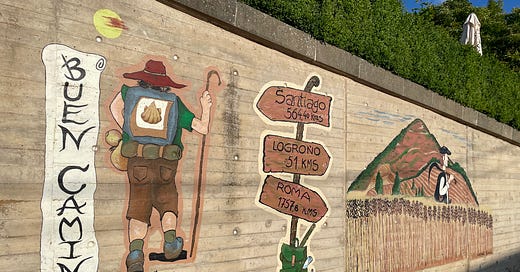



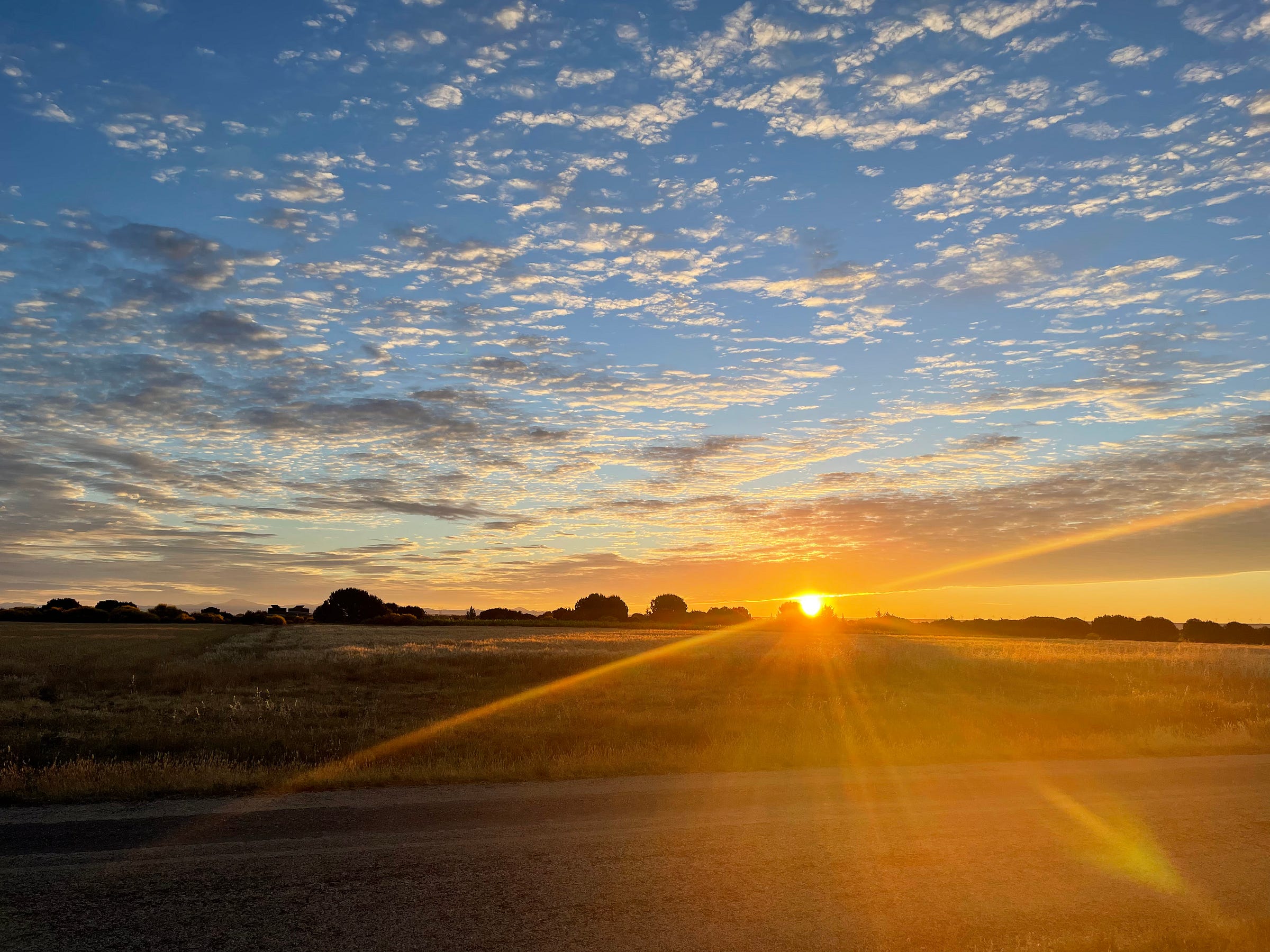
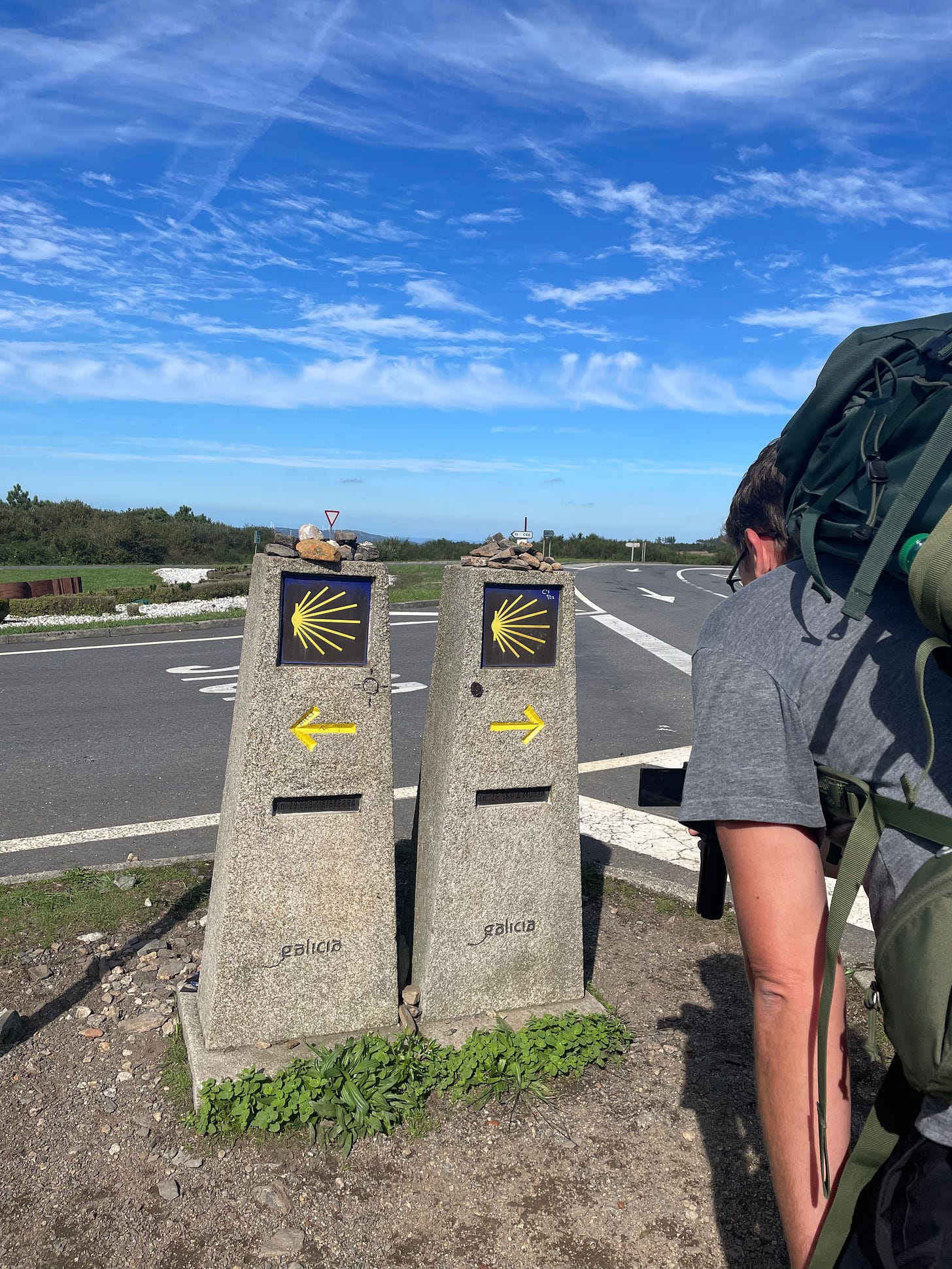
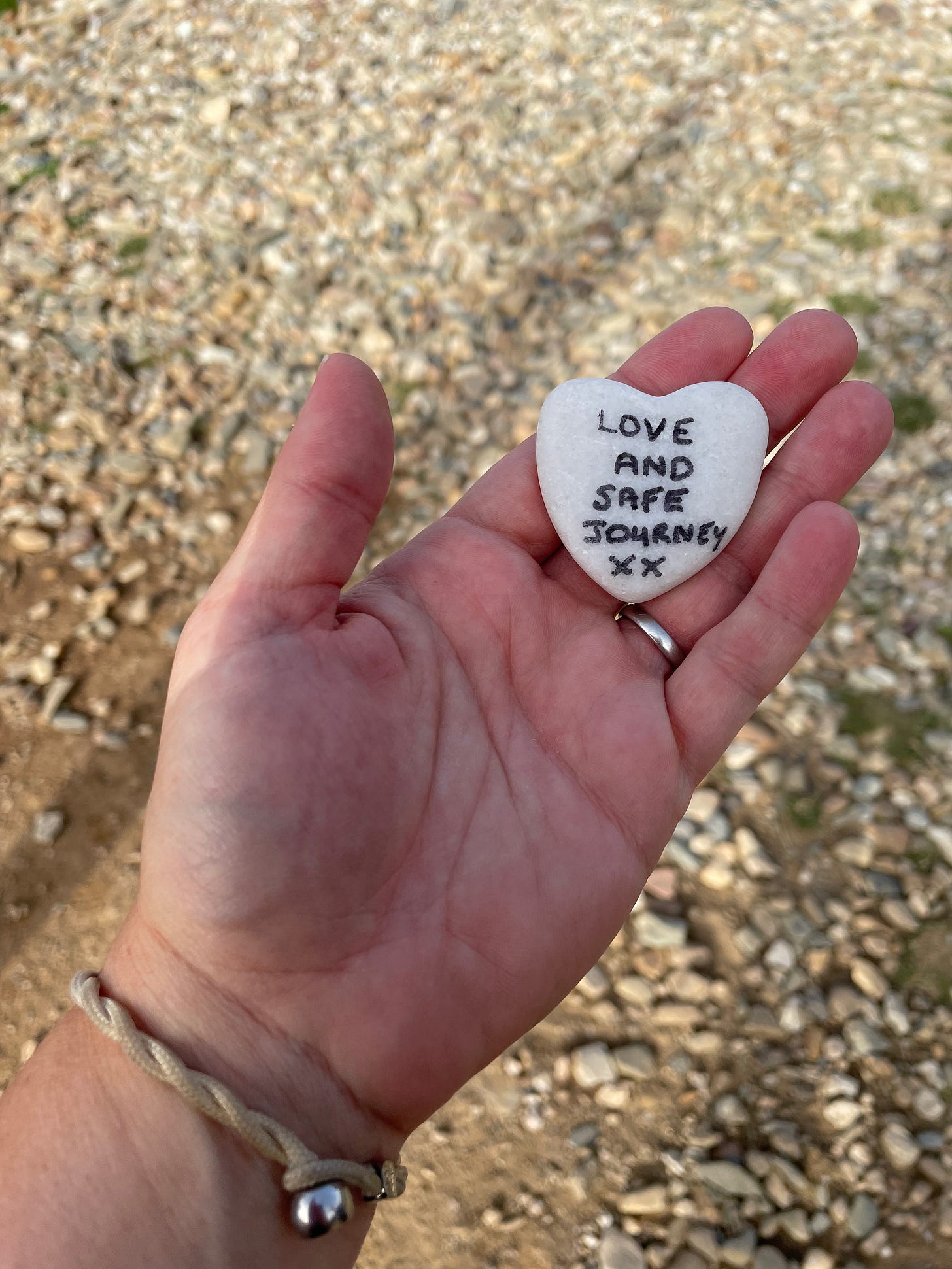
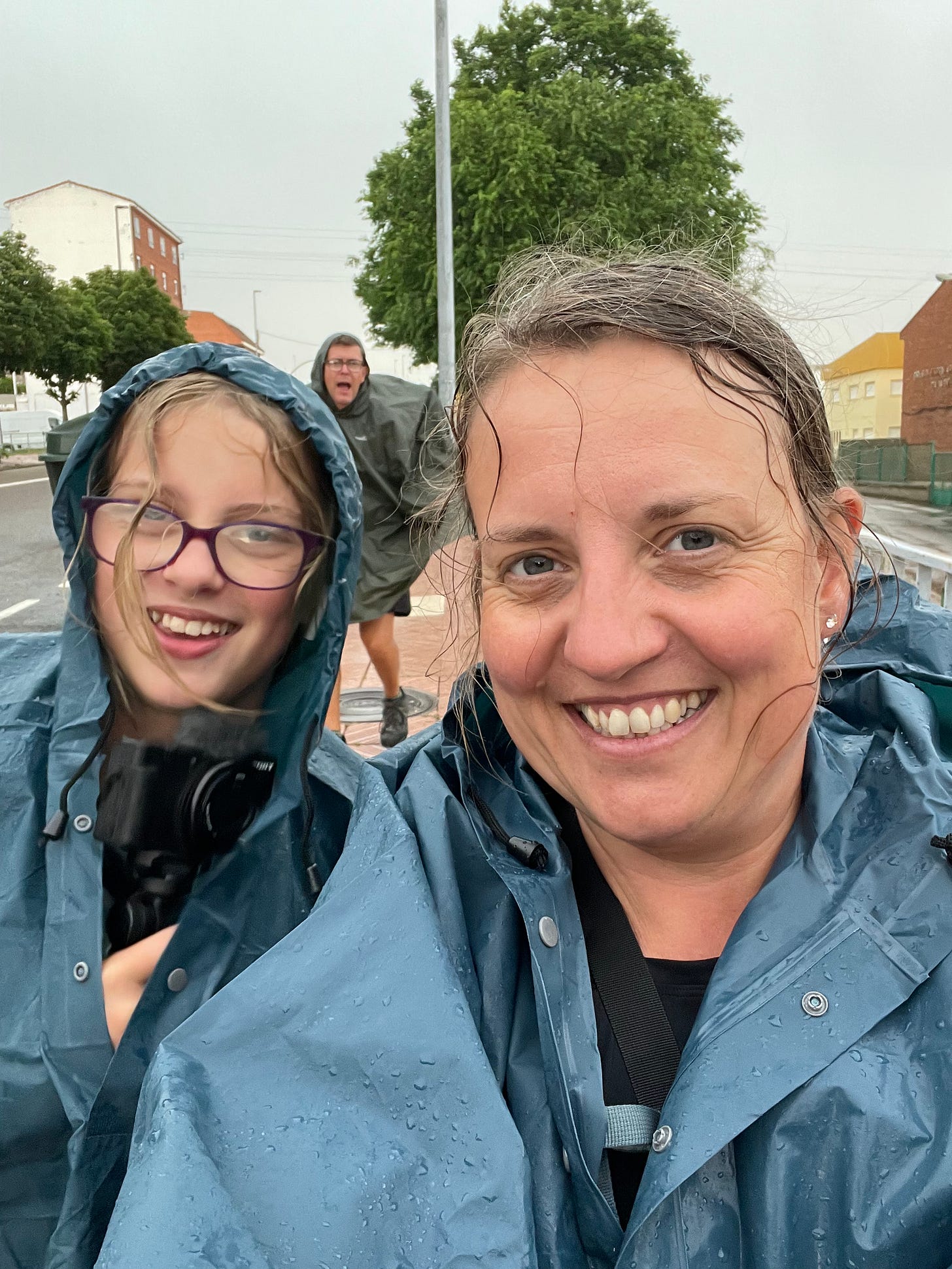
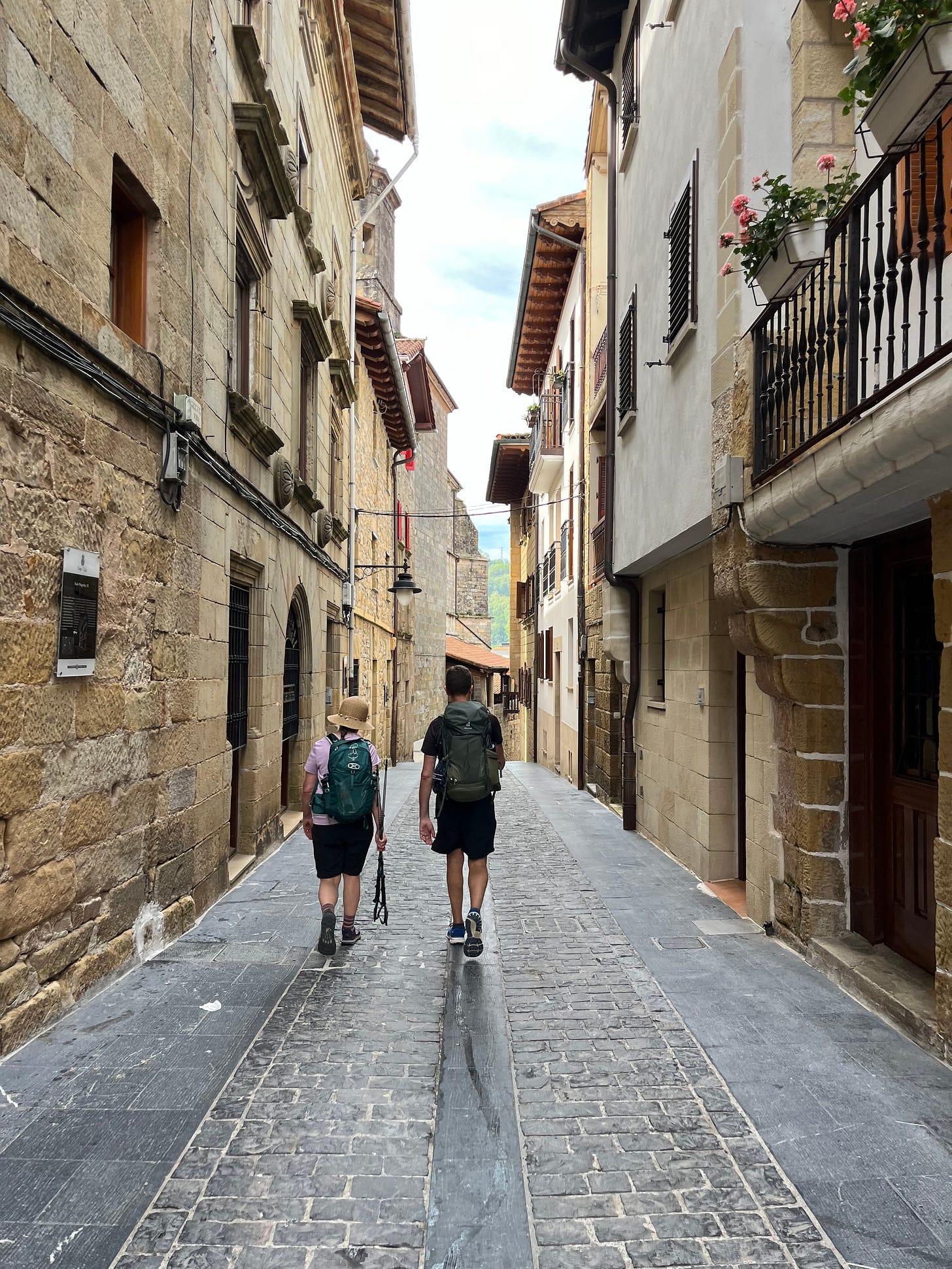
Very enjoyable read. It’s only a matter of time before our littlest is old enough to be capable of that. He just turned 6. As far as I can tell, my 8 year old’s hiking endurance is limitless.